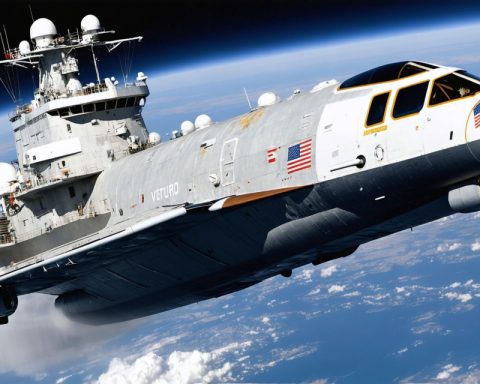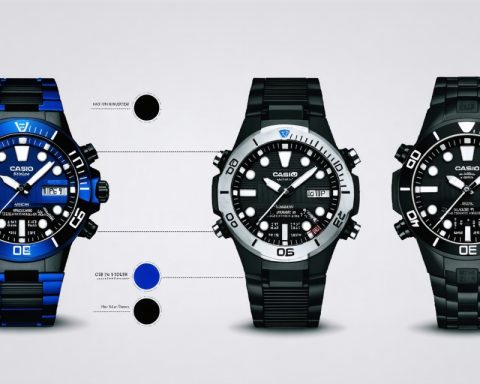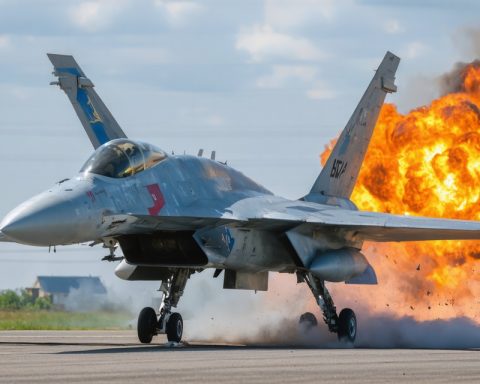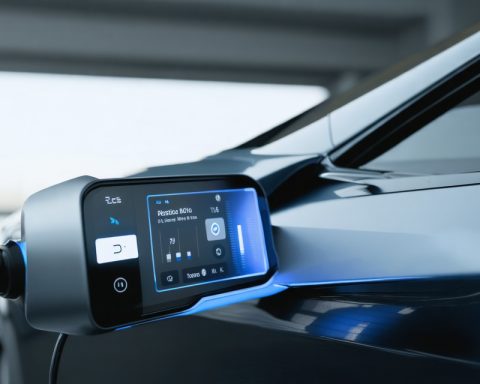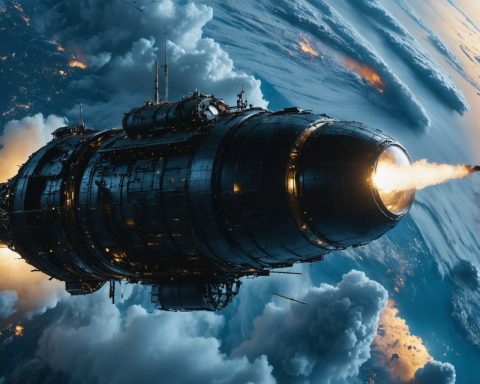- William R. Lucas, director of NASA’s Marshall Space Flight Center, played a key role in advancing America’s space aspirations but faced challenges with critical decision-making.
- The Challenger disaster on January 28, 1986, involved the tragic loss of seven crew members, including schoolteacher Christa McAuliffe, just 73 seconds after liftoff.
- The failure of a rubber O-ring on the shuttle’s booster rocket, exacerbated by freezing temperatures, was identified as the cause of the catastrophe.
- The incident highlighted significant issues with institutional oversight and the dangers of prioritizing technological progress over safety concerns.
- The disaster remains a reminder of the perils of ambition unchecked by responsibility, urging vigilance in human exploration.
- Remembering Lucas at 102, we reflect on the importance of addressing engineering warnings and balancing dreams with accountability.
Steely resolve defined the leadership of William R. Lucas, the director who navigated the complex realm of NASA’s Marshall Space Flight Center. Amidst success and progress, his journey bore the heavy blemish of a decision that resonated through history—a choice tied profoundly to the skies and aspirations of America’s space dreams.
A biting January day in 1986 set the stage for a tragedy witnessed by countless schoolchildren and families glued to their screens. Among the seven brave souls aboard the space shuttle Challenger was Christa McAuliffe, a New Hampshire schoolteacher with dreams of sharing the wonder of space with her students. Her inclusion made the launch a beacon of inspiration, but within mere moments, that bright light darkened abruptly.
Just 73 seconds post-liftoff, the Challenger disintegrated under a crystalline Florida sky. The horrifying spectacle starkly contrasted the dreams it carried, turning them into a cautionary tale about the frailties hidden within human ambition. Investigations revealed the failure of a simple rubber O-ring on the shuttle’s booster rocket. Prior concerns were raised about this component’s vulnerability in freezing temperatures, forewarnings unheeded in the frantic push to realize technological marvels.
Lucas, celebrated for his strong-headed vision, became synonymous with the institutional oversight that failed to heed engineers’ warnings—a haunting reminder of the catastrophic intertwining of pressure and perseverance.
The Challenger disaster transcends its pivotal figures, spotlighting the enduring human struggle to balance unyielding dreams against profound responsibility. As we remember Lucas at 102, the tragedy remains a somber lesson etched in the annals of exploration, a poignant testament to the vigilance required in our quest to reach beyond our earthly bounds.
The Untold Story of NASA’s Challenger Disaster: Lessons in Leadership and Innovation
How-To Steps & Life Hacks for Risk Management in Complex Projects
Navigating complex projects, especially in high-stakes environments like space exploration, requires rigorous risk management strategies. Here are essential steps derived from the Challenger disaster:
1. Foster Open Communication: Encourage a culture where team members feel safe to voice concerns without fear of repercussions.
2. Prioritize Risk Assessment: Continuously evaluate and prioritize risks, especially those flagged by technical experts.
3. Implement Redundant Systems: Use multiple safety checks and fail-safes to ensure one component failure doesn’t lead to catastrophe.
4. Conduct Regular Reviews: Schedule frequent reviews and simulations to assess the system’s resilience under various conditions.
5. Document and Learn from Incidents: Keep detailed records of failures and near misses to prevent recurrence and foster continuous improvement.
Real-World Use Cases: Lessons Applied Across Industries
The lessons from the Challenger disaster have influenced various sectors:
– Aviation: Rigorous safety protocols and redundant systems have been adopted and refined.
– Healthcare: Emphasis on meticulous procedural adherence and error-check observation to prevent life-threatening oversights.
– IT Development: Agile methodologies and fail-safe coding practices are employed to avert crashes and data loss.
Market Forecasts & Industry Trends
The aerospace industry remains vigilant in risk assessment. As space exploration intensifies with private-sector participation (e.g., SpaceX, Blue Origin), safety and innovation investments are expected to grow. The global aerospace market is projected to expand significantly, with a CAGR of about 8% through 2030, driven by advancements in technology and higher safety standards.
Reviews & Comparisons
Post-Challenger, NASA and other aerospace organizations have implemented vast improvements:
– Technology: Enhanced materials science to improve component resilience like O-rings in extreme conditions.
– Process: More robust decision-making frameworks that incorporate comprehensive risk assessments.
Controversies & Limitations
The Challenger tragedy revealed systemic issues such as:
– Institutional Pressure: The relentless push for innovation sometimes overshadowed safety concerns.
– Risk Communication Failures: Communication breakdown between engineers and management proved catastrophic.
These issues persist, underscoring the need for vigilance as organizations scale up operations.
Features, Specs & Pricing
Modern space technologies offer updated specs with higher safety margins:
– Materials: Use of advanced polymers and alloys for components traditionally prone to stress failure.
– Price Range: Despite improvements, these technologies come at a higher price, reflecting the investment in research and development for safety.
Security & Sustainability
Security is paramount in modern aerospace design, and sustainability is increasingly factored to minimize environmental impact. There is a shift towards eco-friendly fuel alternatives and sustainable practices.
Insights & Predictions
The aerospace sector’s future will likely see:
– Diminished Risk of Human Error: Automation and AI enhancements will reduce reliance on human decision-making in critical junctures.
– Space Tourism: Increased focus on safety as space tourism gains prominence.
Tutorials & Compatibility
The use of simulation software for risk training is vital. Aerospace professionals are encouraged to familiarize themselves with tools like NASA’s own systems and additional industry-standard software.
Pros & Cons Overview
Pros:
– Innovation: Continuous technological advancements enhance system robustness.
– Safety Enhancements: Post-Challenger developments have significantly improved safety protocols.
Cons:
– High Costs: Innovations and comprehensive safety implementations drive costs higher.
– Complexity: Increased complexity in systems could lead to new challenges.
Actionable Recommendations
1. Promote a Culture of Safety: Always prioritize safety over schedules or milestones.
2. Encourage Whistleblower Protections: Establish robust mechanisms to report concerns without fear.
3. Continual Learning: Keep teams updated with the latest safety protocols and technologies.
Explore more insights on space exploration at NASA’s official site: NASA.

